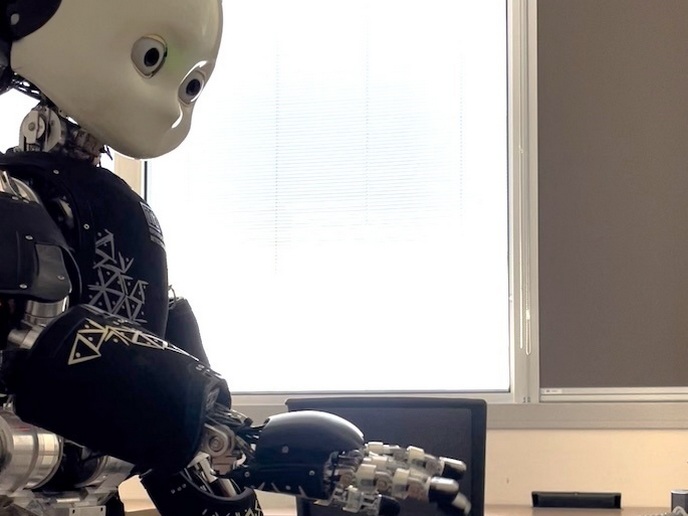Keeping humans in the loop when interacting with robots
Have you ever felt out of the loop? Turns out, there’s psychology behind the feeling. “Humans that are out of the loop usually take longer or are unable to decide if and how they should continue with a task,” says Francesca Ciardo(opens in new window), an assistant professor of Psychology at the University of Milano-Bicocca(opens in new window) and former MSCA fellow at the Italian Institute of Technology(opens in new window) (IIT). According to Ciardo, this condition, often referred to as the out-of-the-loop (OOTL) phenomenon, is one of the major causes of incidents in highly automatised work environments such as air traffic control. It is also a major hurdle to the advancement of human-robot interaction (HRI). “When interacting with artificial agents such as robots, humans often fall into the OOTL phenomenon, which is characterised by a difficulty in predicting and preventing failures, probably due to a lack of transparency in artificial agents’ actions,” she explains. With the support of the EU-funded TeAMH-Robot project, Ciardo led an effort to help keep humans in the loop when interacting with robots. “By implementing human-inspired behaviour that allows for temporal adaptation and anticipation on a robot, we aimed to increase agency attribution and decrease the possibility of ending up OOTL when a failure or an unexpected event occurs during HRI,” adds Ciardo.
Addressing the out-of-the-loop phenomenon
The project, which received support from the Marie Skłodowska-Curie Actions(opens in new window) programme, took a two-pronged approach to addressing the OOTL problem. First, it looked at understanding how the ability to coordinate and mutually adapt in real time during social interactions is crucial to allowing humans to stay in the loop, even when errors or unexpected events occur. Based on this initial research, the project then implemented coordination and mutual adaption into the behaviour of the humanoid iCub robot, developed at IIT. “In doing so, we hoped to help overcome the OOTL phenomenon that often plagues human-machine interactions,” remarks Ciardo.
Extending the state of the art in cognitive neuroscience and robotics
The TeAMH-Robot project is unique in that it significantly extended the state of the art in the field of both cognitive neuroscience and robotics. As to the former, the project highlighted how, when faced with coordination tasks characterised by errors, humans can stay in the loop by adopting a top-down approach. The project also highlighted how in such situations humans rely not on anticipation, but on reactive temporal error correction mechanisms. Researchers applied these psychology-related findings to the field of robotics. “We showed that implementing human-inspired mutual adaptation on humanoid robots reduces the probability of the OOTL phenomenon and increases shared agency that promotes effective HRI,” notes Ciardo.
Supporting gender equality in science
Despite the significance of the project’s scientific achievements, what Ciardo is most proud of is its publishing of a comic book geared towards schoolchildren(opens in new window). Developed as part of the International Day for Acknowledgement of Women in STEM(opens in new window), the comic is about the life and scientific contributions of Augusta Ada Byron-King, Countess of Lovelace. Byron-King is widely recognised as the first person to have written an algorithm. Working over a century before the computer was invented, she was also the first to conceptualise the idea that machines could become creative and intelligent. “This is the output that I am most proud of because it was a unique and fun opportunity to merge my scientific work with my commitment to support gender equality,” concludes Ciardo.







